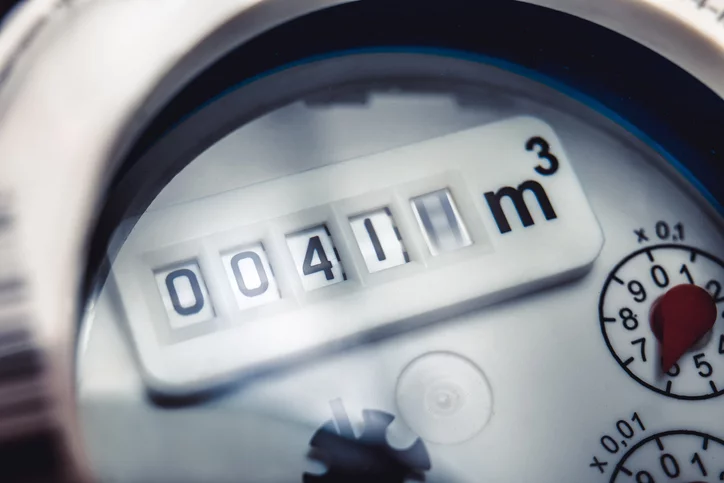BLOG: Is resilience really a ‘big scary challenge’?

Mike Keil, our Head of Policy and Research, says talking to consumers as real people will help the water industry get its message across about the need for resilient supplies and services.
As the water industry gears up for the next price-setting process (the 2019 Price Review or ‘PR19’) one of the ‘big scary challenges’ will be how companies make sure water and sewerage supplies and services remain resilient against the effects of climate change, population growth and other environmental stresses. Part of that challenge will be to encourage consumers to use water more wisely.
CCWater has just done an insightful piece of research looking at the best way to communicate water efficiency messages to customers. The findings show that as well as spelling out the actions that consumers – and water companies – can take to save water the industry also needs to paint the bigger picture. Without setting the wider context – like there will be a 22% shortfall in water by 2050 – messages on what consumers can do to reduce their water use risk falling on deaf ears.
You might be thinking that this sounds obvious?
Surely providing the context is the first thing we should do, right? You’d be amazed, though, how often the big picture is missed when it comes to the industry talking about water efficiency.
We also fail to set the context in other areas, with resilience being a prime example. Here we often see specific resilience issues singled out as ‘big scary challenges’ However, they’re not often put in the context of all the other challenges facing water companies now and in the future.
This was one of the points we made in our response to Ofwat’s consultation (pdf) on their draft methodology for PR19. We think it’s great that resilience is one of Ofwat’s four priority themes. But we also think more can be done to ensure that companies place their understanding of resilience in the context of both current and future risks. Equally as important is for companies to have straightforward conversations with customers on resilience. People want to hear about resilience in terms they understand.
So before we all get overexcited about the ‘big scary challenges’ we need to ask ourselves two questions:
- Are the challenges really as big and as scary as we first thought?
- Are we talking to customers about the challenges in a way that real people understand?
There’s a danger that we overcomplicate resilience, particularly with the definition of the term and what it means appearing to broaden on a daily basis. Focussing on consumers and taking resilience right back to what it means for them – how it affects their services and the price they pay for them – is a great way to ensure the industry stays grounded on what really matters.


